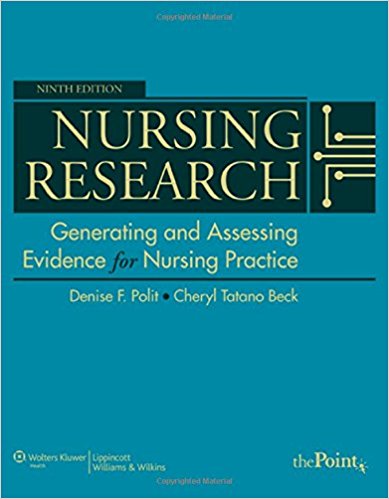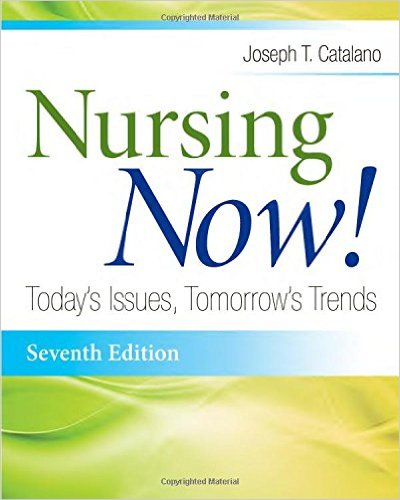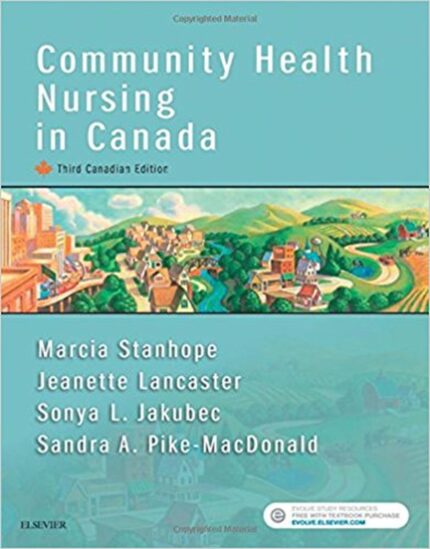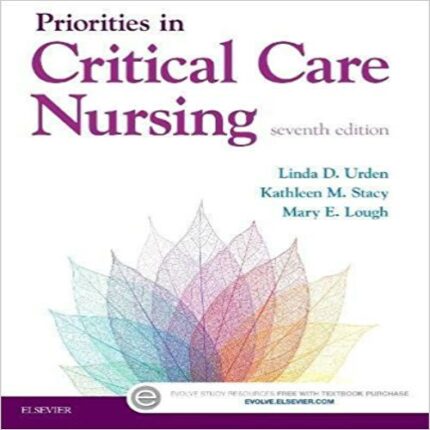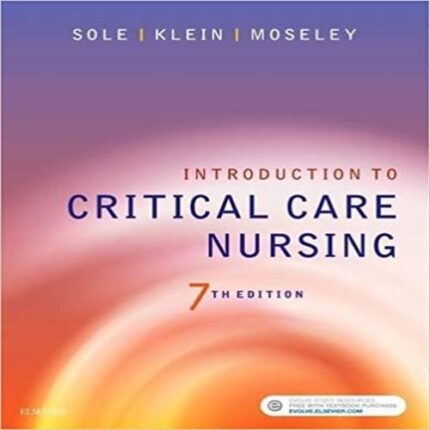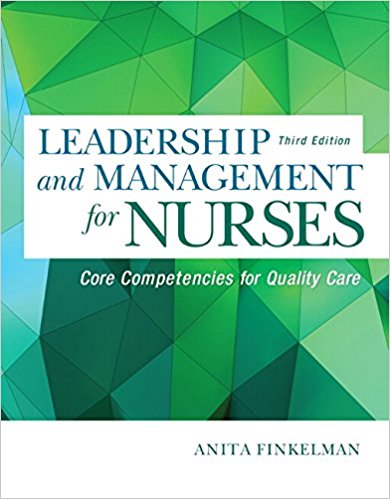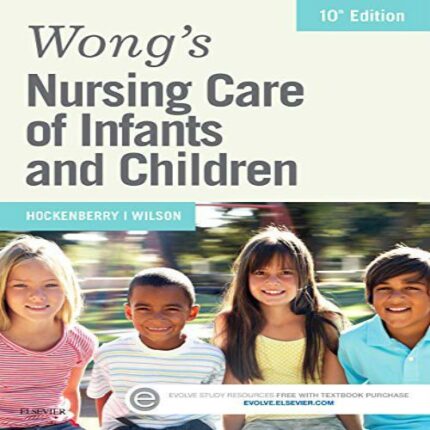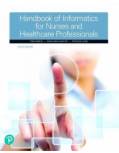Nursing Research Generating and Assessing Evidence For Nursing Practice 9th edition – Test Bank
Do you need test banks fast? eTestBank.net is the best test bank website for you! Download your test bank right after you pay. No waiting!
Why eTestBank.net is Great:
✅ Instant Download:
Get your test bank right away after payment.
✅ Unlimited Downloads:
Download your test bank anytime and as many times as you want.
✅ 24/7 Live Help:
We are here to help you all day, every day.
✅ Guaranteed Delivery:
If you don’t get the download right away, we will send it to you in 3 to 6 hours.
How to Get Your Test Bank:
- Pick Your Test Bank: Choose from many test banks.
- Pay Safely: Pay securely on eTestBank.net.
- Download Instantly: Get your test bank immediately after payment.
- Download Anytime: Unlimited downloads whenever you need them.
Need Help? Contact Us:
📧 Email: [Support@etestbank.net]
📱 WhatsApp: [https://wa.me/message/MC222DLQ4GDXL1r]
Didn’t Get Your Download?
Don’t worry! If you don’t get the file right away, we’ll send it to you in 3 to 6 hours. Need it sooner? Contact us by email or WhatsApp.
💡 Buy now from eTestBank.net for instant downloads, unlimited access, and 24/7 support—get your test bank today!
|
1. |
What is a broad abstract characterization of phenomena? |
|
A) |
Theory |
|
B) |
Descriptive theory |
|
C) |
Grand theory |
|
D) |
Middle-range theories |
|
2. |
The power of theories lies in the ability to do what? |
|
A) |
Capture the complexity of human nature by the richness of the operational definitions associated with the variables. |
|
B) |
Minimize the number of words required to explain phenomena and, thereby, eliminate semantic problems. |
|
C) |
Prove conclusively that relationships exist among the phenomena studied. |
|
D) |
Specify the nature of the relationships that exist among phenomena and offer explanations. |
|
3. |
What thoroughly describes a phenomenon? |
|
A) |
Theory |
|
B) |
Descriptive theory |
|
C) |
Grand theory |
|
D) |
Middle-range theories |
|
4. |
What attempt to describe large segments of the human experience? |
|
A) |
Theory |
|
B) |
Descriptive theory |
|
C) |
Grand theory |
|
D) |
Middle-range theories |
|
5. |
What are the building blocks of theory? |
|
A) |
Propositions |
|
B) |
Relationships |
|
C) |
Hypotheses |
|
D) |
Concepts |
|
6. |
What is the major similarity between theories and conceptual models? |
|
A) |
Use concepts as their building blocks. |
|
B) |
Use the deductive reasoning process almost exclusively. |
|
C) |
Contain a set of logically interrelated propositions. |
|
D) |
Provide a mechanism for developing new propositions from the original propositions. |
|
7. |
What are conceptual maps? |
|
A) |
Stimulate new research with the use of a schematic model. |
|
B) |
Explain phenomena and relationships among them with a map. |
|
C) |
Map the integration of knowledge into coherent systems to explain the key relationships that exist. |
|
D) |
Graphic, theory-driven representations of phenomena and their relationships using symbols or diagrams and a minimal use of words. |
|
8. |
Which model explains and predicts the health promotion component of lifestyle? |
|
A) |
Adaptation Model |
|
B) |
Conservation Model |
|
C) |
Health Promotion Model |
|
D) |
Self-Care Model |
|
9. |
Several conceptual models and grand theories of nursing have been developed. Which concept is not central to models for nursing? |
|
A) |
Human beings |
|
B) |
Environment |
|
C) |
Health |
|
D) |
Social support |
|
10. |
Which model finds humans as adaptive systems that cope with change through adaptation? |
|
A) |
Adaptation Model |
|
B) |
Conservation Model |
|
C) |
Health Promotion Model |
|
D) |
Self-Care Model |
|
11. |
Whose major conceptual model of nursing is used by researchers? |
|
A) |
Rogers’ Science of Unitary Human Beings |
|
B) |
Bandura’s Social Cognitive Theory |
|
C) |
Watson’s Theory of Caring |
|
D) |
Rizzo’s Theory of Human Becoming |
|
12. |
Which is an example of a borrowed theory? |
|
A) |
Rogers’ Science of Unitary Human Beings |
|
B) |
Bandura’s Social Cognitive Theory |
|
C) |
Watson’s Theory of Caring |
|
D) |
Rizzo’s Theory of Human Becoming |
|
13. |
What did the nurse theorist Roy develop? |
|
A) |
Adaptation Model |
|
B) |
Theory of Caring |
|
C) |
Science of Unitary Human Beings |
|
D) |
Health Care Systems Model |
|
14. |
What did the nurse theorist Neuman develop? |
|
A) |
Adaptation Model |
|
B) |
Theory of Caring |
|
C) |
Science of Unitary Human Beings |
|
D) |
Health Care Systems Model |
|
15. |
Which type of theory is often a precursor to predictive theories? |
|
A) |
Explanatory theory |
|
B) |
Grand theory |
|
C) |
Middle-range theory |
|
D) |
Situation-specific theory |

